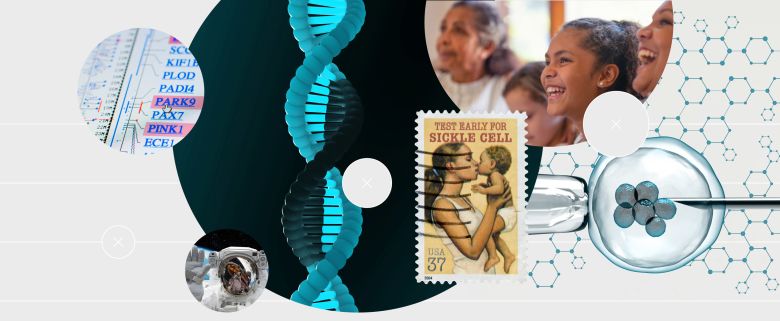- (10mins)
Anticipating Science and Technology Breakthroughs at 5, 10 and 25 years





Reading and interpreting the genome — whole genome sequencing of patient DNA — is increasingly common in medical practice for developing and adequately deploying therapeutics. Better reading technologies have already helped to diagnose disease, genetic predispositions to disease, and even infections. For example, the CRISPR-Cas system is enabling the fast detection of pathogens; Cas12a has detected Hepatitis B in less than 30 minutes. More typically, sequencing is now possible in days to weeks. Costs are also falling.
Faster, better, and cheaper diagnostics coming into the mainstream will act as a fact checker on the new generations of genome editors, detecting and preventing DNA editing errors. These technologies need to be further refined to ensure every laboratory can easily adopt them when in vivo editing becomes mainstream
Synthetic organisms and AI will help advance genome editing for human applications in several crucial ways. For starters, synthetic organisms will provide improved ways to deliver the editing payload to the cell and experimental organisms that provide a better proxy for human testing; AI will help identify complex links between multiple genes and disease. Recent rapid advances in stem cell engineering, synthetic embryos, organoids (artificial and simplified versions of an organ), and tissue engineering are helping research move towards providing experimental organisms based on human physiology that will help predict the functionalities of genome editors outside the human body and before clinical applications. ,